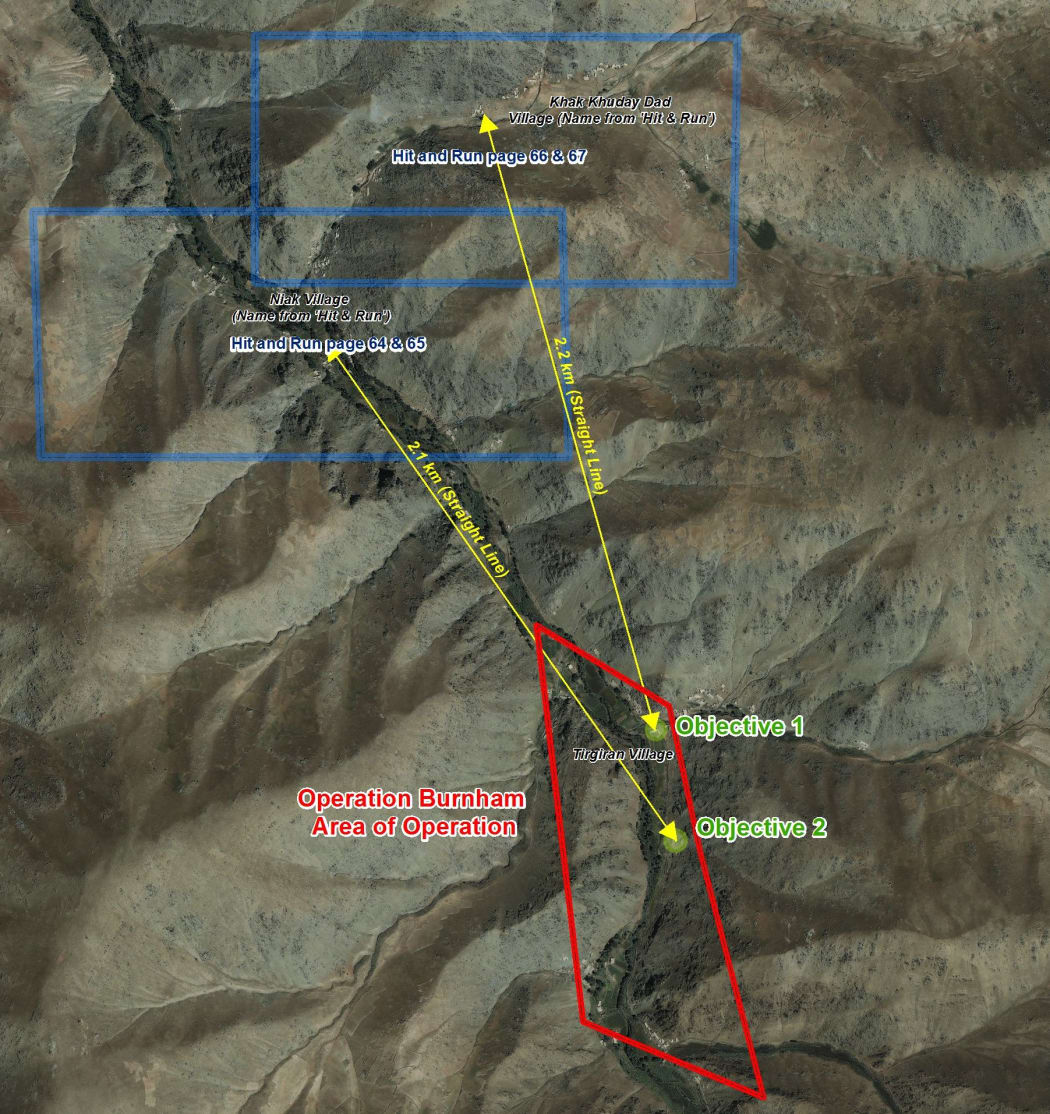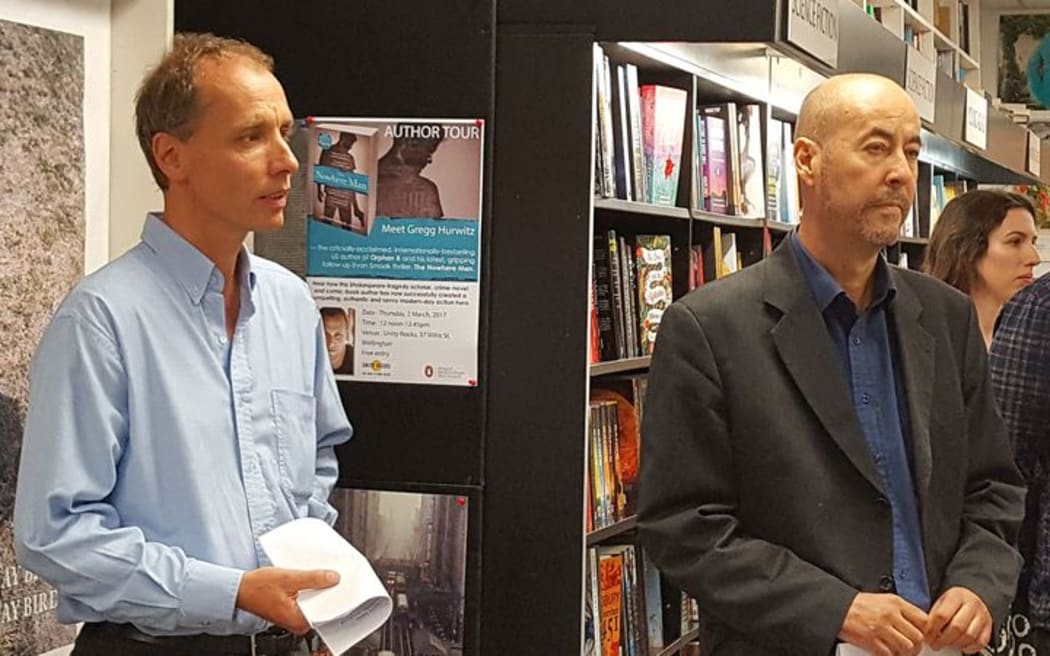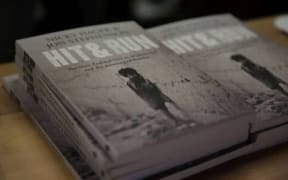Previously classified documents released by the inquiry into Operation Burnham show the NZDF thought civilians may have been killed in the days following an attack in Afghanistan.

NZDF previously issued this graphic of what it calls the alleged versus the actual operation area. Photo: Supplied
Twenty-two documents, 14 directly relating to Operation Burnham, have been uploaded to the Inquiry website.
It comes ahead of a public hearing on 22 May into allegations that six civilians were killed in Afghanistan during a New Zealand-led raid in 2010, and the military covered up what happened.
The allegations were detailed in the book Hit and Run written by journalists Nicky Hager and Jon Stephenson.
The New Zealand Defence Force denies the allegations.
Both authors will make presentations at the 22 May hearing. More hearings will also take place in July.

Nicky Hager and Jon Stephenson. Photo: RNZ/Jane Patterson
In the declassified documents, unidentified staff discuss the attack on 21-22 August, 2010 and subsequent claims that civilians were killed.
An operational document dated 24 August shows Defence officials believed five insurgents were probably killed and five insurgents were injured or missing.
A further nine people, not identified as insurgents, including at least three females (sister, daughter, unknown female), are also classified as possibly killed, injured or missing. Their ages are not given.
The document admits information was still filtering in and "in time more accuracy will be put to this list".
An email sent to and from unidentified staff on 25 August references a meeting held with a number of senior military personnel and admits it was still unclear as to how many people were killed and injured, and if any of them were civilians.
"Bottom line at this stage is that there may or may not have been some [civilian casualties]. This is to be determined by the investigation team."
"I am confident our actions and tactics on the objective were sound... It will be saddening if there has been any unnecessary [civilian causalities] as a result but the reason for looking into this matter is sound."
Another email sent the next day identified that the airborne force may have killed civilians after accidentally firing at a house.
"There is no indication at this stage on the evidence presented... that there was anything other than the correct application of force to a clear and present [insurgent] threat, and that any [civilian casualties] caused... would be collateral and unintended."
It goes on to say that tapes had been reviewed and they showed the SAS actions "were of the highest calibre".
"This is not to say that a [civilian casualty] has not occurred however if verified it will be a result of collateral activities from the AH64 weapon problems rather than incorrect application of force.
"This called for a quiet whisky and I can tell you it never tasted so good. I will sleep well tonight."
In March 2017, when Hit and Run was published the Defence Force said the International Security Assistance Force (ISAF) had investigated at the time.
"The ISAF investigation determined that a gun sight malfunction on a coalition helicopter resulted in several rounds falling short, missing the intended target and instead striking two buildings.
"This investigation concluded that this may have resulted in civilian casualties but no evidence of this was established."
"The NZDF reiterates its position that New Zealand personnel acted appropriately during this operation and were not involved in the deaths of civilians or any untoward destruction of property."
Excited individual
Another document states one member of the Afghan forces did try to fire at an unarmed man, who had already been seen twice unarmed.
"Approximately one and a half hours after landing another individual was seen approaching the building from the stream. This individual was identified as the same individual in the first and second sighting.
"One of the [members of the Afghan crisis response unit] attempted to catch this individual and fired a one round in his direction which missed."
"It must be understood that to that time there had been a lot of support fire coming into the area and the [positions redacted - members of the Afghan Crisis Response Unit] were young and had not been been exposed to this type of situation before and were on edge and hence in the heat of the moment one fires a round when it shouldn't have been."
"I believe the older individual who attempted to return to the building was doing so out of concern for the safety of the women."





